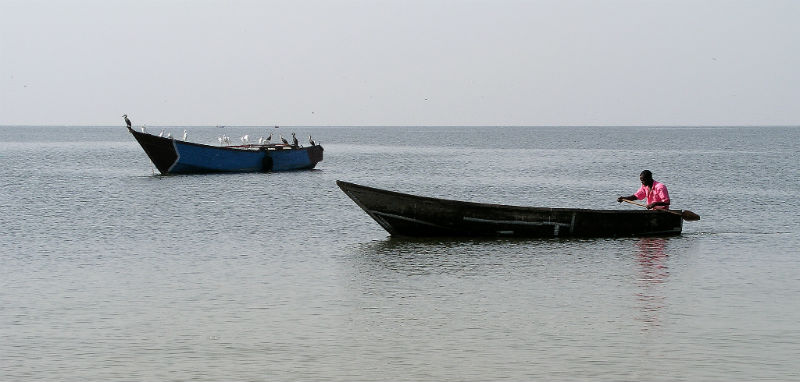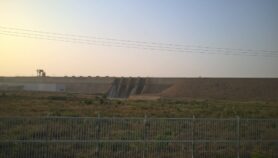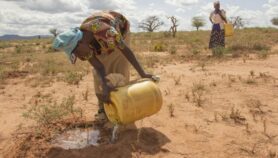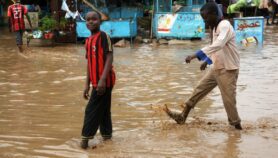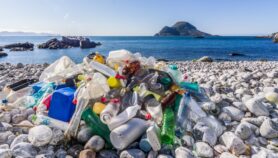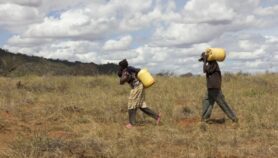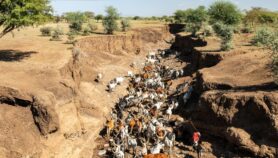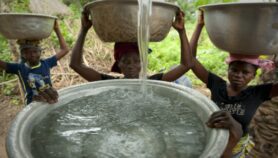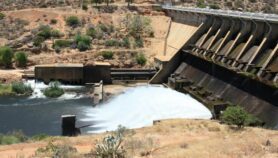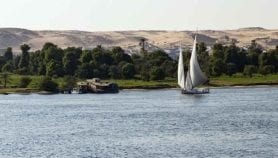By: Sarah Wild
Send to a friend
The details you provide on this page will not be used to send unsolicited email, and will not be sold to a 3rd party. See privacy policy.
[JOHANNESBURG] Citizen science — a model allowing non-scientists to be part of research informing policy-makers' decisions — is helping South Africans manage the use and protection of water sources.
South Africa is currently in the middle of its worst drought in 23 years [1], exacerbating water shortages in the region, parts of which are semi-arid, and climate change predictions show that water is going to become even scarcer in the future. [1]
“This idea is that if a citizen's knowledge of water resources — and associated impacts — is improved … [it] empowers them to interact with authorities and co-manage their resources in a more meaningful way.”
Ntswaki Ditlhale, GroundTruth
According to the United Nations' Intergovernmental Panel on Climate Change's fourth assessment, semi-arid areas, which are characterised by low and erratic rainfall, in Africa are projected to increase in size by between five per cent and eight per cent by 2080.
Bonani Madikizela, a research manager at the South African Water Research Commission (WRC), says: “All South Africans can play a role in protecting their water [resources],”
He explains that the WRC has a citizen science programme, initiated in 2002, to allow schools and members of the public to participate in water resource quality monitoring.
Co-funded by a number of government departments, including science and technology, environmental affairs and water and sanitation, the WRC's role is to support the development of tools such as a clarity tube and transparent velocity- head rod, according to Madikizela.
The programme, which will continue until 2018, was funded to the tune of about 2.8 million South African rand (about US$180,000), he says.
In 1998, South Africa-based environmental consulting organisation GroundTruth in collaboration with the Wildlife and Environment Society of South Africa (WESSA) developed miniSASS — a citizen science version of the South African Scoring System (SASS) — to help measure the health of a river. [2]
SASS is an inventory of life in South Africa's water ways. Small animals are an important indicator of river health, and the miniSASS allows citizens to identify whether animals on the list are present in the water and report the data to a national database, Madikizela adds.
A pilot study, whose findings were published in 2004 in the African Journal of Aquatic Science, found that miniSASS was sufficiently accurate to be used alongside SASS.
There are other tools to measure the sediments and pollutants in the water such as using a clarity tube to determine how cloudy the water is and estimating the amount of water in the stream using the transparent velocity-head rod, and using weather monitoring and rain gauge resources, Madikizela explains.
“Citizens can use the tools to explore and learn about water resources and ecosystems… The tools can also be used to gather data and information which will feed [into] a national repository that can assist in the improved management of our water resources.
“This idea is that if a citizen's knowledge of water resources — and associated impacts — is improved … [it] empowers them to interact with authorities and co-manage their resources in a more meaningful way.”
WESSA has an educational role. Jim Taylor, WESSA's director of environmental education, says: “There are 1,200 schools that are registered with our eco-schools programme. They are all over South Africa, and that's a perfect vehicle for citizen science activity.”
Disclaimer: This piece was co-produced by SciDev.Net’s Sub-Saharan Africa English desk and the Mail & Guardian newspaper in South Africa, as part of a science journalism capacity building initiative, funded by the Wellcome Trust.
References
[1] Jakkie Cilliers, Finding solutions to South Africa's water crisis (Institute for Security Studies, March 2016)
[2] Mark Graham and others miniSASS — A novel technique for community participation in river health monitoring and management (African Journal of Aquatic Science, 2004)


